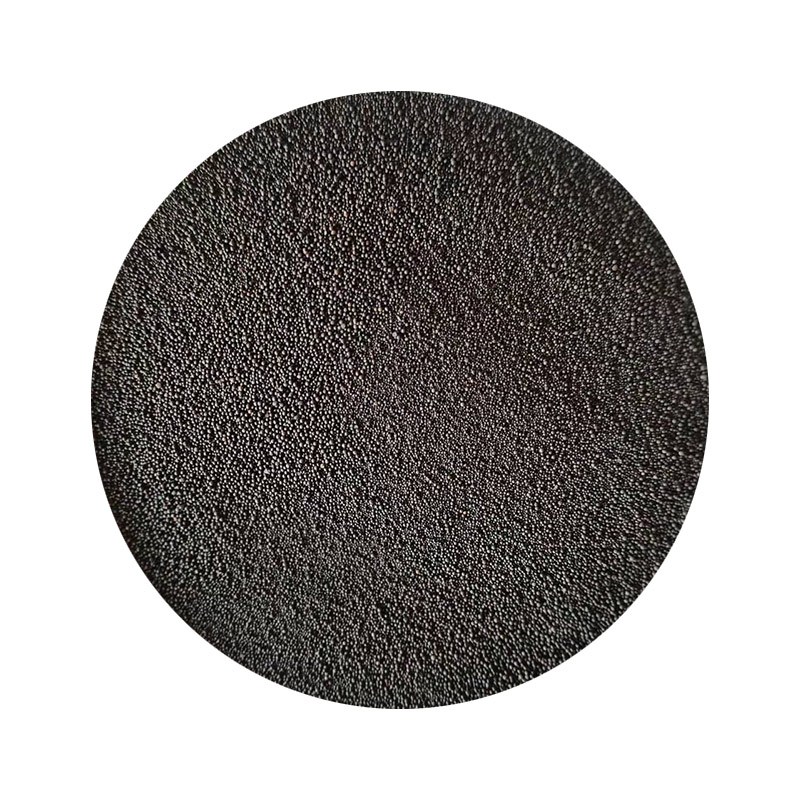Advantages of Sand Casting
Sand casting is one of the oldest and most versatile manufacturing processes used for creating metal parts. It involves pouring molten metal into a sand mold, where it cools and solidifies into the desired shape. This method has numerous advantages that make it a preferred choice across various industries, from automotive to aerospace. Here are some of the key benefits of sand casting.
1. Cost-Effectiveness
One of the most significant advantages of sand casting is its cost-effectiveness. The materials used in sand casting, primarily sand and metal, are relatively inexpensive. Moreover, the process does not require expensive tools or machinery for creating molds, making it an economical choice for both small-scale and large-scale production.
2. Design Flexibility
Sand casting offers excellent design flexibility, allowing manufacturers to create complex shapes that may be challenging or impossible to achieve with other casting methods. This capability is particularly beneficial for custom parts and intricate designs, enabling engineers and designers to innovate without the constraints of traditional manufacturing processes.
Another notable advantage of sand casting is its ability to produce large parts. While other casting methods may struggle with size limitations, sand casting can accommodate large components, making it suitable for industries that require big and heavy parts, such as construction and heavy machinery.
advantages of sand casting

4. Good Surface Finish
Despite common misconceptions regarding the surface quality of sand-cast products, modern sand casting techniques can yield a good surface finish. With the use of advanced sand mixtures and precise molding techniques, manufacturers can produce components that require minimal post-processing, thereby saving time and cost.
5. High Tolerance Capability
Sand casting can achieve high tolerances, which is crucial for parts that must fit precisely in their applications. This feature ensures that the produced components meet the necessary specifications and performance standards, reducing the need for extensive machining and adjustments.
6. Environmentally Friendly
The sand used in sand casting is reusable, making it an environmentally friendly option. The spent sand can often be recycled and repurposed for additional casting processes, reducing waste and conserving resources.
Conclusion
In summary, sand casting stands out for its cost-effectiveness, design flexibility, ability to produce large parts, good surface finish, high tolerance capability, and environmentally friendly practices. These advantages make it a popular choice for manufacturers looking to produce high-quality metal components efficiently and economically. As industries continue to evolve, sand casting remains a fundamental technique that adapts to meet diverse production needs.
Post time:set. . 29, 2024 02:44
Next:Understanding the Types and Applications of Metal Casting Sand in Manufacturing Processes
